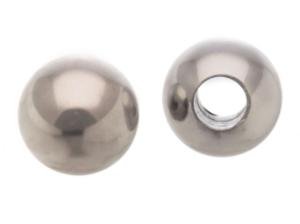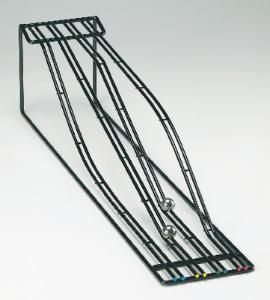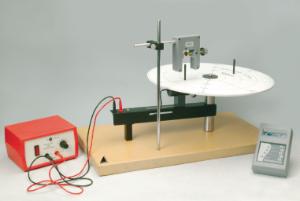Score These Basketball Science Activities
Elementary / Middle School
March Madness. Of course, the person who doesn’t even follow basketball is the one who wins the office pool, right? Seriously, the odds of a perfect NCAA bracket are:
- 1 in 9,223,372,036,854,775,808 (if you just guess or flip a coin) 1
- 1 in 120.2 billion (if you know a little something about basketball) 1
Naturally, the more you know about the current teams and the tournament’s history, the better your odds. But, even if you don’t care about college basketball, you can tie the excitement about the game to STEM concepts. Every swish, swoosh (or air ball) involves scientific principles from angular momentum, trajectory, velocity, force, gravity, energy, motion, and percentages.
Score points with the students in your science class by using these fun, basketball-related activities:
Activity 1: Improving basketball shot percentages
Players spend a lot of time in the gym practicing nailing down the mechanical and mental aspects of shooting the ball. The shot percentage is the single most crucial statistic in basketball for the player.
Coaches train their players to use balance, hand-eye coordination, auditory sense, strength, and vision to consistently get the ball through the net. You can demonstrate how percentages work by having students take turns shooting a ball from the foul line.
- Use an over-the-door mini-hoop or a trash can.
- Use a blindfold to cover one eye at a time and record their shot percentage by dividing baskets made by the number of throws. For example, if the first player makes 6 out of 10 baskets, she shot 60 percent.
- Demonstrate how distractions impact performance. For example, use headphones to show how noise affects their game and record their percentages again.
- Next, have the player put one arm behind their back or stand on one leg and record how balance affects their performance.
Activity 2: What’s a basketball launch angle?
This is the angle the player aims to release the basketball as they shoot the ball towards the goal. We measure this angle between the x-axis and z-axis, where x is 0 degrees, and the z-axis is at 90 degrees
The higher the ball's arc, the longer distance it travels, and the better target the basket becomes. At a high arc, the ball is heading down towards a nearly circular target. However, throwing the ball at a lower arc makes it harder to score since it’s heading towards a more elliptical target. In short, a higher arc = a bigger target.
So, what are the best angles for each shot?
Researchers concluded that a player who shoots with a 45-degree (+/- 2o) arc would make about 11% more free throws than a player with a high arc of 53 degrees (68% vs. 57%).3 That same average 45-degree shooter makes 12% more free throws than a flat-arc 35-degree shooter (68% vs. 56%). Some players defy physics by mastering the foul-shooting techniques of low-trajectory shots.
You can demonstrate this principle by having your students
- Shoot at the basket from the foul-line ten times at a high arc and ten times with a much lower one.
- Record the number of baskets made in their lab notebook and observe if the throws with the higher arcs have better shot percentages.
- Observe how often the lower arcs bounce off the rim.
March Madness can be more than just a chance to watch your favorite NCAA team compete for the championship. It’s also an excellent opportunity to get your students interested in the science and statistics of the game. So go ahead, give it a shot!
1. NCAA: The absurd odds of a perfect NCAA bracket 2. Basketball Reference: NBA & ABA Career Leaders and Records for Field Goal Pct 3. Winning Hoops: Building the perfect arc in your shot by Michael Austin.
Recommended Products
[StartProductBlock]

Second Law of Motion Apparatus
Metal apparatus designed to demonstrate the second law of motion.
[EndProductBlock]
[StartProductBlock]

Potential and Kinetic Energy Tracks
Activity illustrates the relationships of mass, potential energy, and kinetic energy with marble races.
[EndProductBlock]
[StartProductBlock]

FUNdamentals of Physics Rotational Motion
Investigate the relationship between linear and angular velocity.
[EndProductBlock]
